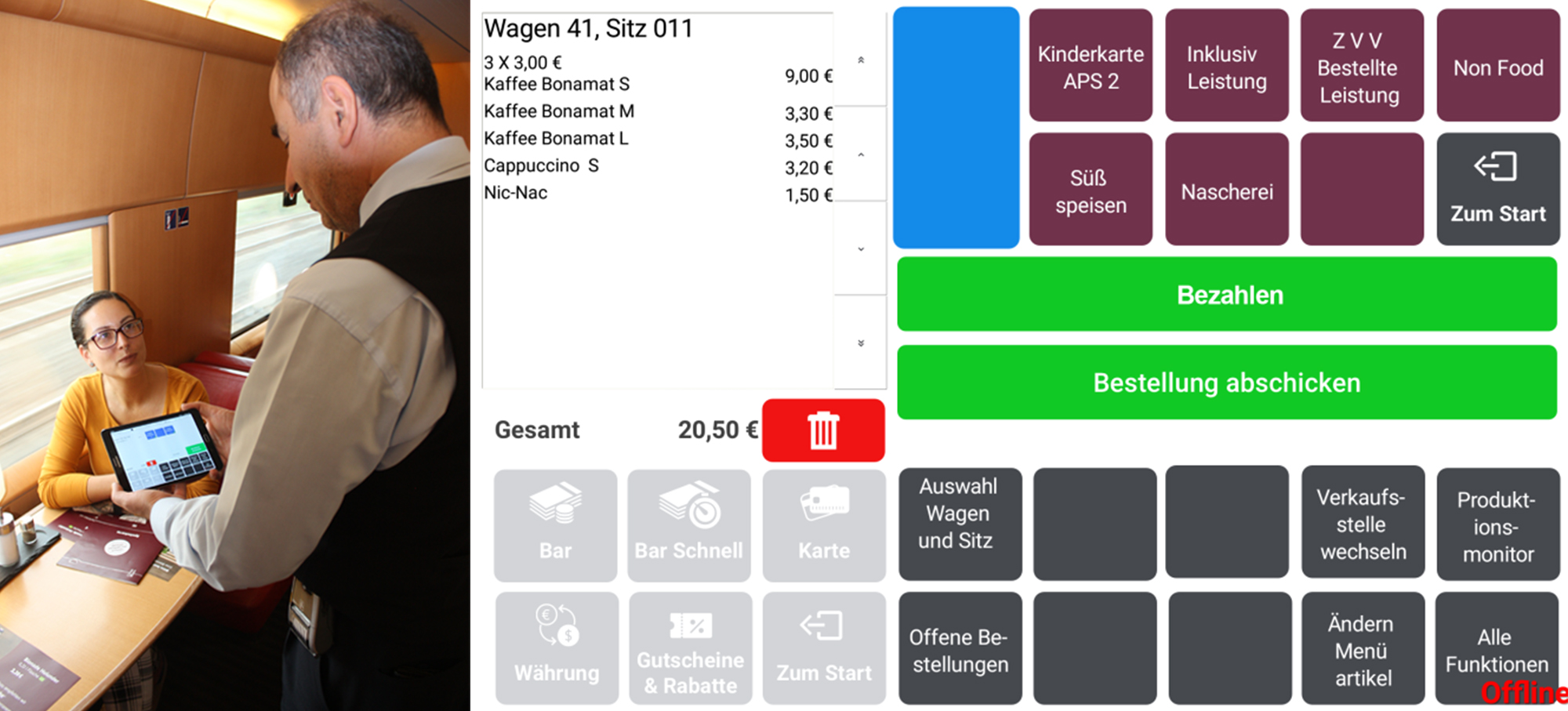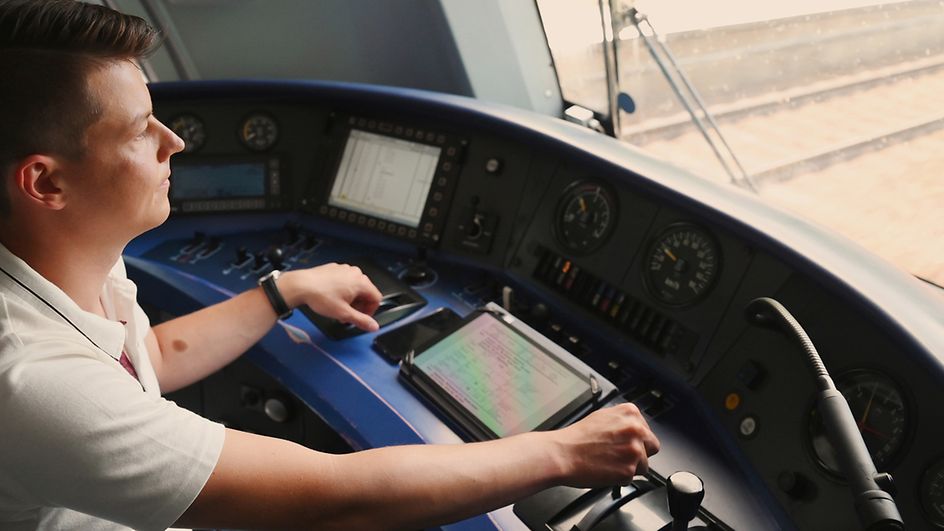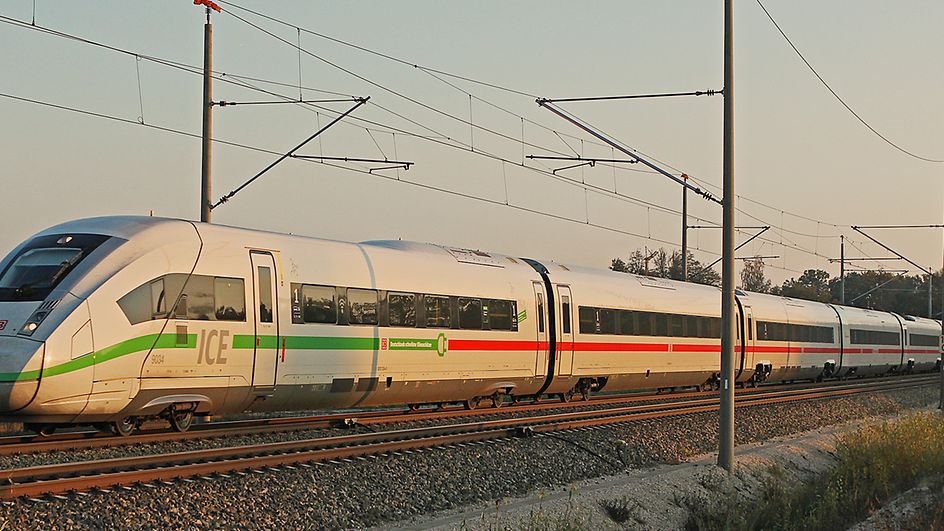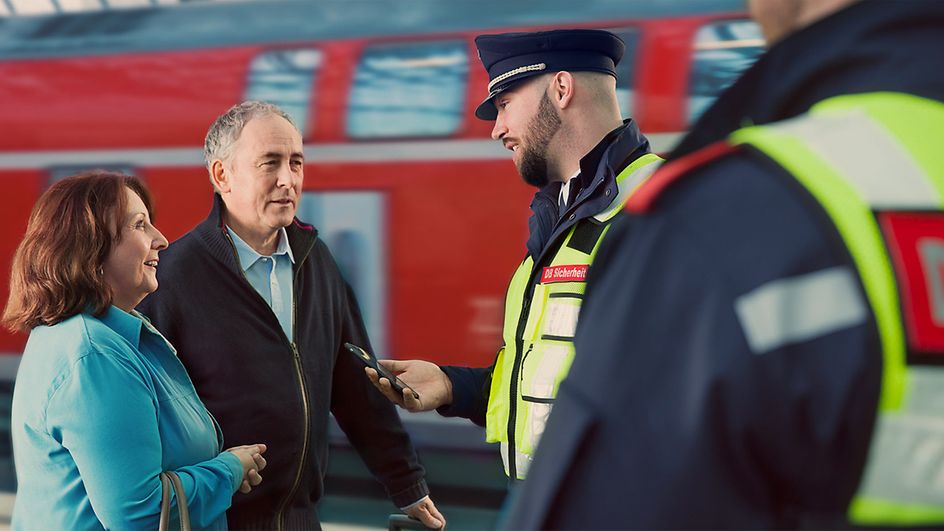Mobile checkout system on long distance transport
Article: Working together to offer more payment options
07/2020 – The MoKa mobile checkout system is much more than just a new payment system in on-board restaurants. It is an impressive example of cross-company collaboration between distributed development and operation teams. The MoKa system is especially relevant in the current pandemic because it facilitates cashless payment.
The best rolling restaurant has taken another step into the future. DB Fernverkehr AG now offers passengers a more convenient travel experience by allowing them to make cashless payments using common payment methods in its on-board restaurants. Previously, passengers had to pay for food and drinks by cash or credit card at a fixed stationary cash register. When the maintenance agreement with the manufacturer of the previous checkout system expired, it was the perfect time for DB Fernverkehr AG to join forces with the provider Zucchetti in introducing the future-proof MoKa mobile checkout system to its trains. Since mid-March 2020, all old cash registers have been replaced by the MoKa system. Now, DB employees carry a card reader and no longer have to walk over to the stationary cash register in the on-board restaurant for payment transactions and passengers can pay without cash much more easily.
MoKa is continually improved and developed. Employees can now offer available food and drinks and take orders directly at the passenger’s seat, thus saving staff a lot of unnecessary walking.
The solution, which was developed with and for the on-board service department, replaced a total of 600 stationary cash registers with 3,000 mobile checkout systems built into the employees’ mobile end-user devices. The app, when used in conjunction with a card reader, also facilitates payment by EC card, Apple Pay or Google Pay. So far, all completely normal. However, the underlying complexity is extensive and not visible to passengers. A moving restaurant is considerably different to a stationary one. On land, for example, there are rarely issues with using a fixed or wireless network to connect to your own servers or the servers of payment providers. In a train travelling at speeds of up to 320 km/h, however, it is virtually impossible to maintain a permanent train-land connection. There are many reasons for this (for example, transition between the radio cells that the train passes during its journey, poor network coverage along the route, border crossings or sometimes simply even the weather).
Together to success
When developing MoKa, the focus was not only on agile working methods. Above all, it is a great start for the new sense of unity at Deutsche Bahn – in this project, by DB Fernverkehr AG and DB Systel in particular. The four examples below illustrate the collaboration in simple terms.
1. New standards for greater mobility
Even though the installation of apps on work smartphones and tablets is part of the everyday work undertaken by DB Systel, the team faced new challenges with the MoKa app. For example, it was challenging to make the different stages of app development available on the mobile devices of all employees involved in development, beta testing and piloting, and to do so at the right time. Special versions of the app were distributed to employees of DB Fernverkehr AG for training purposes, to allow them to make fictitious booking and payment transactions. DB Systel’s Enterprise Mobility Management (EMM) system ensures that the app and subsequent updates are automatically installed on the mobile devices of the relevant employees.
"A standard solution didn’t fit the bill. Instead, a flexible approach and new solutions were required. In the meantime, the experiences gained here and the newly defined standards and processes also help us with other apps."
"The app is now used daily by approximately 3,000 restaurant employees. A gradual rollout to the devices of all 4,000 train attendants is planned."
2. Design and testing of mobile applications
An agile team of colleagues from DB Systel, DB Fernverkehr AG and IT partner Zucchetti was formed to oversee the design and testing of the mobile application. Thanks to close collaboration, resource bottlenecks were eliminated and test cycles were shortened. The team created approximately 1,500 test cases, frequently prior to development, thus giving the companies sufficient time to check the test results. Consequently, some design gaps arose. However, the business unit was able to immediately add further scenarios during acceptance of the test cases.
"Our way of working ensured transparency. There was never a feeling of merely working through a series of tasks, but rather a sense of having been integrated into a project team that was in pursuit of a common goal. Sometimes, colleagues naturally had different viewpoints. However, issues were always resolved."
"Thanks to the knowledge transfer between team colleagues at DB Systel, along with the agile way in which our cross-functional team worked, each member of the team was able to simultaneously undertake tasks during test preparation and test implementation."
3. Secure, fast and flexible with the cloud
The team faced many challenges at the implementation stage: a mobile application only runs well as long as it can exchange information via the corresponding server. The server associated with the mobile checkout system was one of the first IT systems in this environment to no longer be housed in a data centre, but as a managed service in the AWS cloud, right from the very outset. Even though the system is located in the AWS cloud, it was necessary to ensure secure access to the mobile end-user devices. The CIO areas in both DB Fernverkehr AG and DB Systel were proactive here. Consequently, it stood to reason that both companies worked together on the implementation and in negotiations with external suppliers – in other words, not as DB Systel or as DB Fernverkehr AG, but rather as Deutsche Bahn.
"DB Systel provided the relevant configuration and collaborated with DB Fernverkehr AG to develop a logic for bringing the software to the cloud."
"Thanks to this collaborative work, something very new outside the usual standards was conceived."
4. Infrastructure for Wi-Fi and network
Irrespective of whether the connection is between the server and cloud or to the mobile end-user devices on the train, the entire system only works if Wi-Fi can be used on board the train. For MoKa, information needs to continuously flow between the mobile clients and the land-side systems. To this end, the clients are connected to one another on the train, and to cloud services by means of Wi-Fi for operational purposes. Furthermore, the operational Wi-Fi was installed specifically for MoKa. For this Wi-Fi on board trains, DB Fernverkehr AG provides an internet-accessible infrastructure. In order to use the operational Wi-Fi, DB Systel has provided secure certification access for mobile end-user devices. Management of the operational Wi-Fi is located on the train ICT platform (ZIP). The development and operation of ZIP are ensured in close collaboration between the relevant teams at DB Systel and the CIO area within DB Fernverkehr AG. This teamwork, combined with innovative system management of ZIP, facilitates considerably faster deployment.
"New requirements can be promptly incorporated into the implementation. Following the test phase, they can then be swiftly installed in trains via mobile telephony."
"Changes that previously required available resources in maintenance and in deliveries to maintenance depots can now be applied right across the fleet in less than 30 minutes."
The change process calls for close and effective collaboration between the parties involved as this is the only way to analyse and solve initial problems such as incomplete documents. In recent months, the 24/7 operating processes have also been refined to the level of a business-critical application. Although not always visible, this is nevertheless noticeable for the on-board service. Here too, operations and software development are growing closer. An application architect from DB Systel joined the MoKa development team in June and is working on the architecture of the distributed system together with colleagues from DB Fernverkehr AG and Zucchetti. We are confident that, thanks to the constructive dialogue between IT and business, there will be further significant improvements to the MoKa system in the near future.



